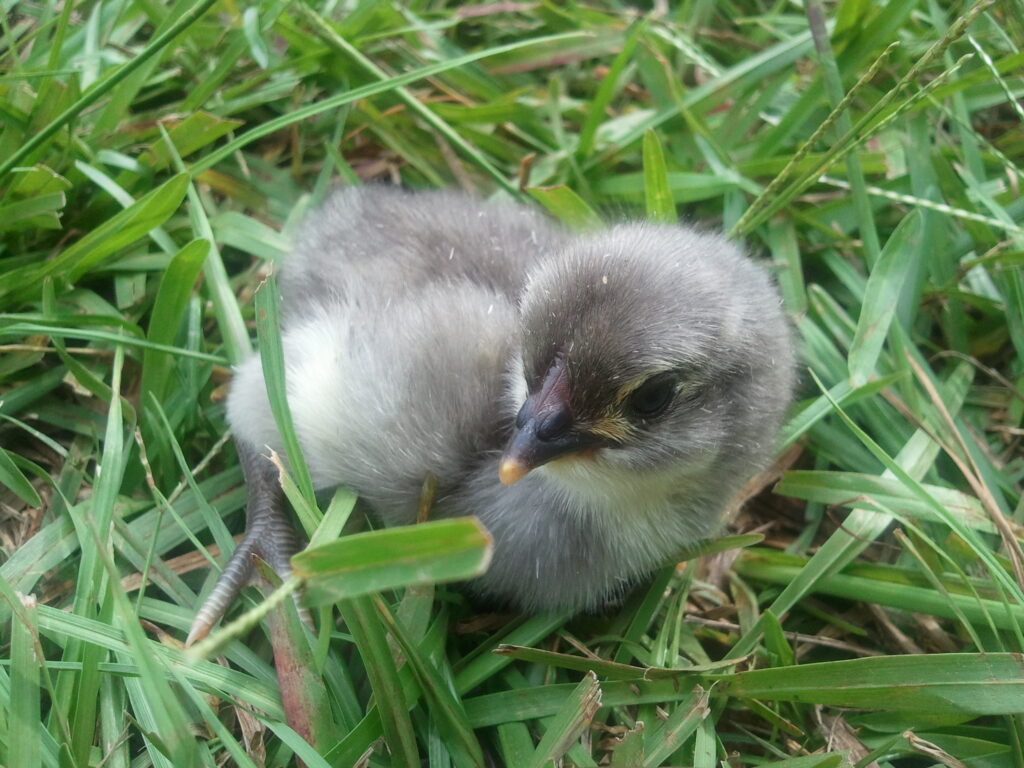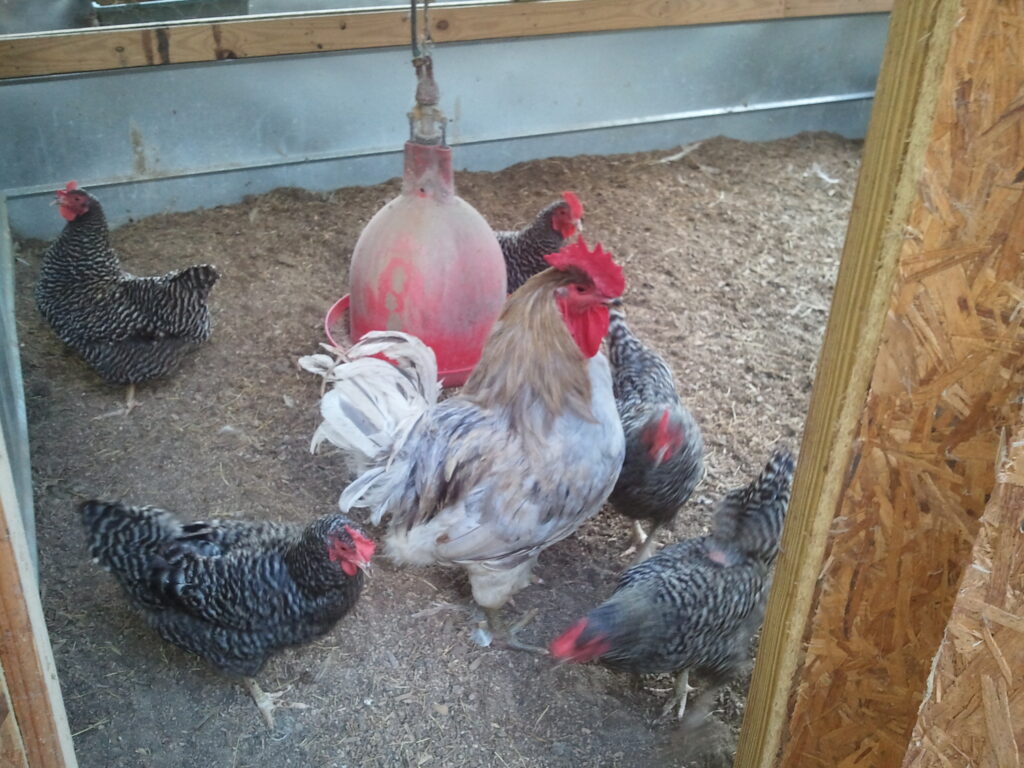Chickens, Chores, and Breakfast: Starting Your Backyard Flock
By Robbie Perdue
There’s something about springtime that stirs up old instincts. The smell of tilled soil, the hum of bees coming back to life — and the irresistible urge to bring home a cardboard box full of peeping fuzzballs from the feed store.
One year, I gave in.
During Chick Days at our local feed store, I wandered in for garden seed and walked out with a handful of tiny future egg-layers, a sack of Start & Grow feed, and a grin I couldn’t wipe off. If you’ve ever raised chickens — or dreamed about it — you know the feeling. If not, well… you’re overdue.
Choosing Your Breeds
Picking out chicks is a little like picking out horses at a fair — it’s half practical, half falling in love.
Here are a few breeds you’ll want to keep an eye out for:
Rhode Island Reds – Hardy, friendly, and laying machines.
Buff Orpingtons – Fluffy, golden, and sweet-natured.
Barred Rocks – Striped like jailbirds, but great layers and personalities to match.
Easter Eggers – These beauties lay green or blue eggs, just for a little magic in your basket.
Leghorns – Flighty, but if you want pure egg production, they’re hard to beat.
Start small. Six chicks is plenty to keep you in omelets without overwhelming you with chores.

What Your New Flock Needs
Raising healthy hens is simple, but you’ll want to make sure you’re set up right from the start:
Brooder box: A simple large tote, horse trough, or wood box will do — as long as it’s draft-free.
Heat source: A brooder lamp or radiant heater to keep your chicks toasty warm (about 90–95°F at first).
Feed and water: A chick-sized waterer and a small feeder filled with Start & Grow feed.
Bedding: Pine shavings are best — easy to clean, safe, and comfortable.
Shelter: Once they’re feathered out (around 6-8 weeks), you’ll need a secure coop with room to roost.
A few minutes of care each day, and you’ll have chickens healthy enough to take on the world — or at least your backyard.

Built-In Cleanup Crew
One of the best parts about keeping backyard chickens isn’t just the eggs (though those are mighty fine). It’s the way they turn kitchen scraps and garden waste into fertilizer and eggs.
Leftover salad? Gone.
Pea pods and carrot tops? Demolished.
Wormy tomatoes? Chicken caviar.
They’re nature’s recyclers — and they’ll follow you around with the devotion of a Labrador retriever if they think you’ve got a handful of corn.
The Full Circle of Life (and Supper)
Raising chickens keeps you connected — to the land, to the seasons, to your food. And when your hens eventually slow down their laying (after a few good years), you’ll have another decision to make.
Some folks keep their old girls as beloved pets. Others? Well, around here we make a batch of Chicken and Pastry so rich and soulful it could bring a tear to your eye.
But we’ll save that story for another day.
Robbie Perdue
is a native North Carolinian who enjoys cooking, butchery, and is passionate about all things BBQ. He straddles two worlds as an IT professional and a farmer who loves heritage livestock and heirloom vegetables. His perfect day would be hunting deer, dove, or ducks then babysitting his smoker while watching the sunset over the blackwater of Lake Waccamaw.


You May Also Like

Five Quotes About Whiskey
January 17, 2020
Lamp Light
December 6, 2022
